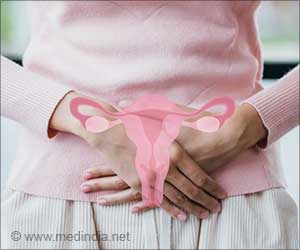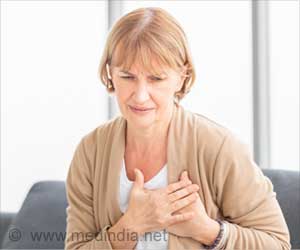Symptoms of people who suffer from the Ischemic Heart Disease which is also called the Coronary Artery Disease can vary from person to person.
Symptoms of people who suffer from the Ischemic Heart Disease (IHD) which is also called the Coronary Artery Disease can vary from person to person, depending upon whether it is a man or woman. The blood supply to the heart is affected by this medical condition, and where Western countries are concerned, this is quite a common ailment.
When patients seek medical care for chest pain, diagnosticians typically look for an obstructive lesion that is blocking an artery. But in many women, two areas of dysfunction, one in the cells lining coronary arteries and another in the tiny vessels branching within the heart itself, combine to deprive the heart muscle of oxygen, according to medical.net.Functional rather than structural abnormalities of the coronary circulation may be the hallmark of the disease in women, revealed the study by researchers at Women's Ischemia Syndrome Evaluation (WISE) published in the Journal of the American College of Cardiology. The WISE researchers offer the first description of this female-specific vascular disorder.
Although the ‘diffuse atherosclerosis’ that many women experience is not seen on coronary angiography, it results in abnormal resistance that limits the blood flow to the heart tissue. But without angiographic evidence of a blocked artery, a woman's symptoms are likely to be discounted. Women's symptoms often are different from men's, contributing to under-diagnosis. As the disease progresses, women may describe non-specific symptoms such as fatigue, sleep disturbance and shortness of breath.
High oestrogen levels before menopause and decreasing oestrogen and progesterone levels after menopause are believed to influence IHD in women, according to the research. The WISE researchers recommended that clinicians become more aware and aggressive in investigating these early complaints.
Edited (IANS)





